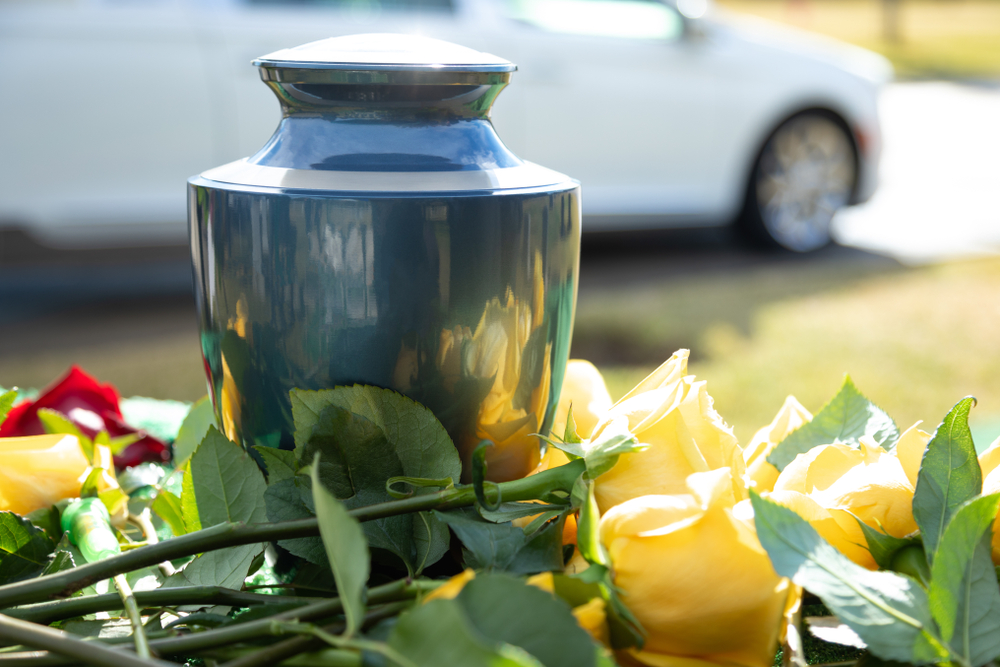Compared with traditional burial, cremation typically is financed friendly. It does not require large burial plots etc. There are a couple of different options for cremation:
Direct Cremation
Direct cremation is a process where the remains are transferred directly to a cremation center without a funeral service beforehand. Because this approach eliminates the need for a funeral service and a casket purchase, it’s often the cheapest type of cremation. Direct cremations typically don’t allow for a viewing, visitation, or wake beforehand. Most families will schedule a memorial service at a later date for friends and family to pay their respects.
Liquid Cremation
The process of alkaline hydrolysis is an alternative to flame cremation. The combination of the water, alkali, heat, and pressure causes a reaction that speeds up decomposition and leaves behind only bone fragments and a sterile liquid. The flameless process results in about 30% more remains than flame-based cremation, which may require a larger vessel. This process may take three to sixteen hours, depending on body mass and equipment. Many medical devices, including pacemakers, do not need to be removed before the process as they do with conventional flame-based cremation.
Green Cremation
Alkaline hydrolysis is considered a “green” alternative to burial. Once drained of remaining bone fragments, the resulting sterile solution can be recycled through the wastewater treatment system. Many environmentally conscious individuals are now opting for alkaline hydrolysis instead of the conventional procedure because of its environmental benefits. In addition to the ability to recycle the liquid byproduct, it is a green choice for several important reasons:
- Green cremation reduces more than 75% of a body’s carbon footprint.
- The green process only consumes 1/8 of the amount of energy of conventional flame-based cremation.
- Because there is no flame, green cremation eliminates concerns regarding mercury emissions and reduces the use of fossil fuels and greenhouse gases.



